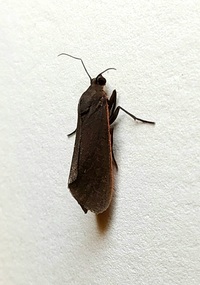
| Recorded by: Mark Basinger on 2025-10-01
Richmond Co.
Comment: | 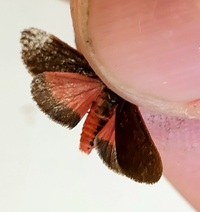
| Recorded by: Mark Basinger on 2025-10-01
Richmond Co.
Comment: |
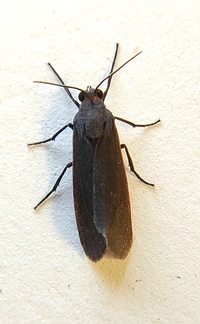
| Recorded by: Mark Basinger on 2025-10-01
Richmond Co.
Comment: | 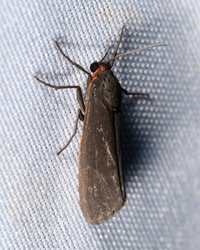
| Recorded by: Mark Shields, Laurie Hamon on 2025-09-19
Onslow Co.
Comment: |

| Recorded by: David George, Patrick Coin on 2025-06-29
Moore Co.
Comment: | 
| Recorded by: David George, Patrick Coin on 2025-06-29
Moore Co.
Comment: |

| Recorded by: Jim Petranka, Mark Basinger and Becky Elkin on 2025-06-29
Richmond Co.
Comment: | 
| Recorded by: Jeff Niznik, David George, Larry Chen, Sarah Toner, Joye Zhou on 2025-06-20
Richmond Co.
Comment: |

| Recorded by: David George, Jeff Niznik, Jim Petranka, John Petranka, Becky Elkin on 2025-05-09
Cumberland Co.
Comment: | 
| Recorded by: David George, Jeff Niznik, Jim Petranka, John Petranka, Becky Elkin on 2025-05-09
Cumberland Co.
Comment: |
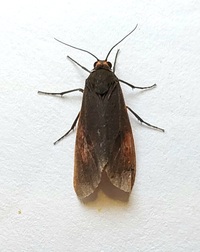
| Recorded by: Mark Basinger on 2025-05-03
Brunswick Co.
Comment: | 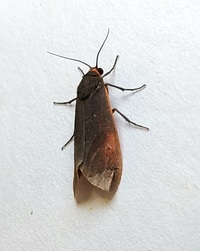
| Recorded by: Mark Basinger on 2025-05-03
Brunswick Co.
Comment: |
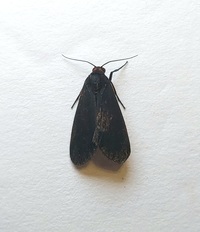
| Recorded by: Mark Basinger on 2025-04-18
Brunswick Co.
Comment: | 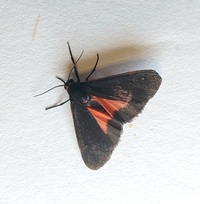
| Recorded by: Mark Basinger on 2025-04-18
Brunswick Co.
Comment: |
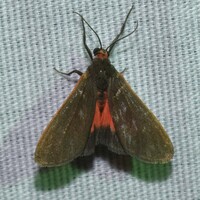
| Recorded by: David George, Jeff Niznik, Rich Teper on 2024-04-17
New Hanover Co.
Comment: | 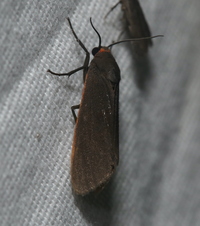
| Recorded by: David George, Jeff Niznik, Rich Teper on 2024-04-16
New Hanover Co.
Comment: |
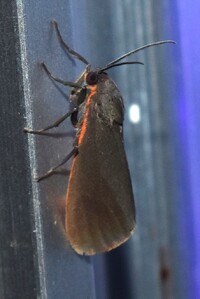
| Recorded by: Jeff Niznik on 2023-06-17
New Hanover Co.
Comment: | 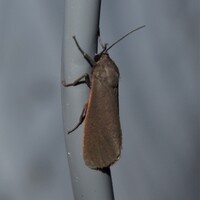
| Recorded by: David George, Jeff Niznik, Rich Teper on 2023-05-21
New Hanover Co.
Comment: |
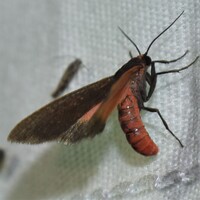
| Recorded by: David George, Jeff Niznik, Rich Teper on 2023-05-21
New Hanover Co.
Comment: | 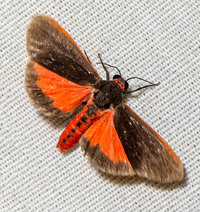
| Recorded by: Stephen Hall, Bo Sullivan, and Jim Petranka on 2022-08-29
Moore Co.
Comment: |
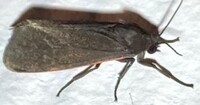
| Recorded by: Dean Furbish on 2021-07-13
Wake Co.
Comment: | 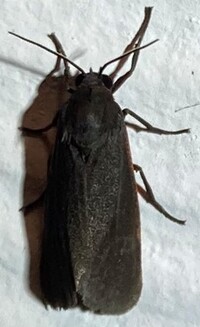
| Recorded by: Dean Furbish on 2021-07-13
Wake Co.
Comment: |
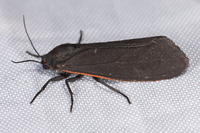
| Recorded by: Mark Shields on 2021-05-27
Onslow Co.
Comment: | 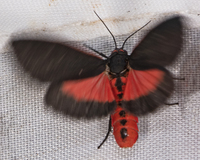
| Recorded by: Mark Shields on 2021-05-27
Onslow Co.
Comment: |
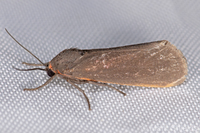
| Recorded by: Mark Shields on 2020-04-09
Onslow Co.
Comment: | 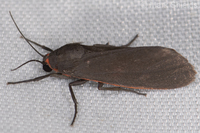
| Recorded by: Mark Shields on 2019-09-09
Onslow Co.
Comment: |
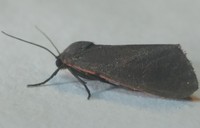
| Recorded by: Amanda Auxier on 2017-09-16
Pender Co.
Comment: | 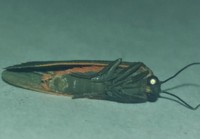
| Recorded by: Amanda Auxier on 2017-09-16
Pender Co.
Comment: |
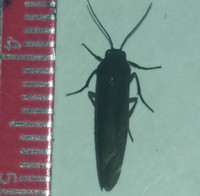
| Recorded by: Amanda Auxier on 2017-09-16
Pender Co.
Comment: | 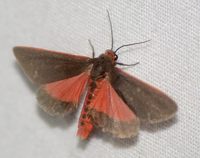
| Recorded by: Kyle Kittelberger on 2014-09-27
Beaufort Co.
Comment: |
|

 »
»


 »
»
